Apart from the millions of bitcoin traders and software platforms that use the blockchain technology on a daily basis, this article aims to highlight a variety of additional weird and fascinating ways to interact with the technology.
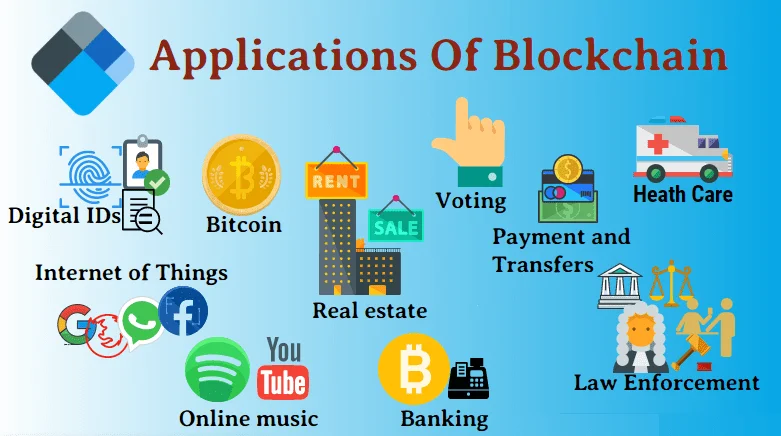
What exactly is a blockchain?
Blockchain is a method of storing data in such a way that it is difficult or impossible to alter, hack, or cheat it. A blockchain is a digital log of transactions that is duplicated and distributed across the blockchain’s complete network of computer systems.
Each block in the chain contains a number of transactions, and each time a new transaction takes place on the blockchain, a record of that transaction is added to the ledger of each participant.
The structure of the data on a blockchain differs from that of a traditional database. A blockchain organizes data into groupings called blocks, each of which contains a collection of data.
Blocks have specific storage capabilities, and when they’re full, they’re closed and linked to the preceding block, producing a data chain known as the blockchain. All additional information added after that newly added block is compiled into a new block, which is then added to the chain after it is filled.
Simply said, blockchain technology is a decentralized, distributed ledger that tracks the provenance of digital assets. The data on a blockchain can’t be changed by design, making it a real disruptor in industries like payments, cybersecurity, and healthcare.
How does blockchain work?
The purpose of blockchain is to enable the recording and distribution of digital data without the ability to modify it. In this sense, a blockchain serves as the foundation for immutable ledgers, or transaction records that can’t be changed, erased, or destroyed. Blockchains are also known as distributed ledger technology because of this (DLT).
Blocks, nodes, and miners are the three main ideas in the blockchain.
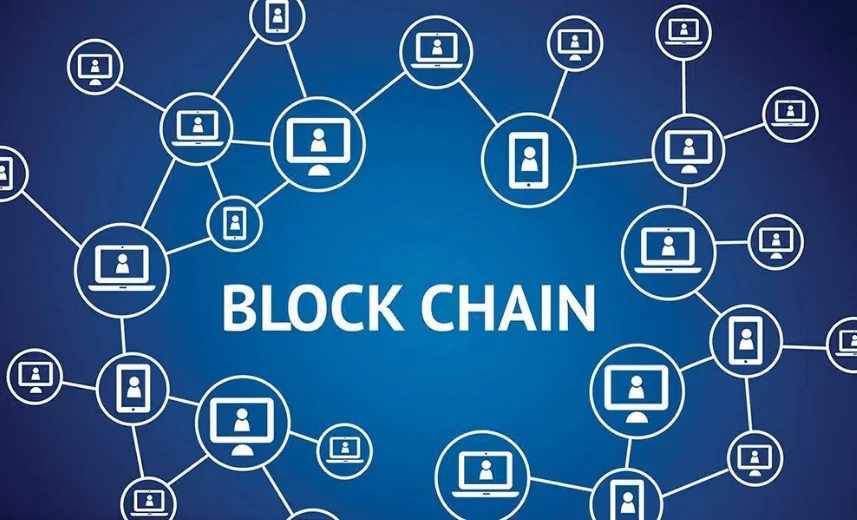
Blocks
Every chain is made up of several blocks, each of which comprises three basic elements:
• The information contained in the block.
• A nonce is a 32-bit whole number. When a block is constructed, a nonce is generated at random, which then generates a block header hash.
• The hash is a 256-bit number that is associated with the nonce. It has to begin with a large number of zeros (i.e., be extremely small).
A nonce generates the cryptographic hash when the first block of a chain is formed. Unless it is mined, the data in the block is regarded as signed and irrevocably linked to the nonce and hash.
Miners
Mining is the process by which miners add new blocks to the chain.
Every block in a blockchain has its own unique nonce and hash, but it also refers to the hash of the previous block in the chain, making mining a block difficult, particularly on big chains.
Miners utilize specialized software to solve the exceedingly difficult math issue of generating an acceptable hash using a nonce.
Because the nonce is only 32 bits long and the hash is 256 bits long, there are around four billion nonce-hash combinations to mine before finding the proper one. Miners are considered to have discovered the “golden nonce” when this happens, and their block is added to the chain.
Making a change to any block earlier in the chain necessitates re-mining not only the affected block but all subsequent blocks as well. This is why manipulating blockchain technology is so tough. Consider it “safety in math,” because identifying golden nonces takes a long time and a lot of computational resources.
When a block is successfully mined, all nodes in the network acknowledge the change, and the miner is compensated financially.
Nodes
Decentralization is one of the most essential concepts in blockchain technology. The chain cannot be owned by a single computer or entity. Instead, the nodes connecting to the chain form a distributed ledger. Any type of electronic equipment that saves copies of the blockchain and keeps the network running is referred to as a node.
Every node has its own copy of the blockchain, and in order for the chain to be updated, trusted, and confirmed, the network must algorithmically approve any newly mined block. Every action in the ledger can be easily reviewed and examined since blockchains are transparent.
A unique alphanumeric identification number is assigned to each participant, which is used to track their transactions.
The blockchain’s integrity is maintained and users’ trust is built by combining public data with a system of checks and balances. In a nutshell, blockchains are the scalability of trust through technology.
Beyond cryptocurrency uses of blockchain technology
Our thoughts usually go towards the realms of digital currency when we talk about the blockchain. After all, it’s one of the technology’s most well-known applications. Outlined below are some of the non-crypto uses of blockchain technology
1. Marriage
This is true, as weird as it may appear. People have been able to marry thanks to technological advancements.

According to Campaignlive, same-sex marriage is still prohibited in 87 percent of the world’s countries. With this in mind, Björn Borg, a Swedish sportswear company, has devised an imaginative way for loved ones to be united in holy marriage, regardless of sexual orientation, religious views, or place of residence. But how do you do it?
Blockchain is often associated with money, but when those associations are removed, all that remains is an effective ledger that can record both events and transactions no money is necessary.
It has the potential to record and preserve events without the involvement of a third party, and Björn Borg has taken advantage of this flaw by launching Marriage Unblocked, a digital platform where you may propose, marry, and exchange vows all on the blockchain.
Furthermore, the records can be kept confidential, providing protection to persons who may be in danger. Of course, you may also request a certificate to proudly display!
David Mondrus and Joyce Bayo were the first to do so in 2014, engraving their wedding vows on the Bitcoin blockchain. The flexibility of a blockchain marriage is a bonus; according to libertarianism, billionaire Brock Pierce and his wife designed a contract that could be “renewed, altered, and cancelled annually” when they married last year. Simply said, blockchain allows for the creation of smart contracts.
Everything is produced and stored online, despite the fact that there are no legal requirements. What’s the harm in a blockchain marriage if religion or government aren’t your key concerns? “No state or religion should be able to regulate love,” argues Marriage Unblocked.
2. Food safety and traceability
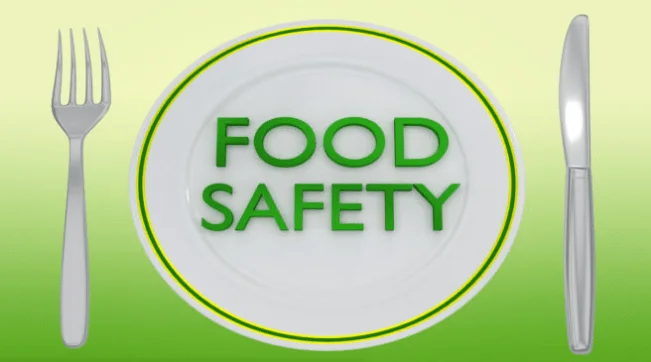
Following a big epidemic of E. coli in romaine lettuce, Walmart and Sam’s Club wrote a letter to suppliers of fresh, leafy greens advising them to utilize blockchain technology to track their products all the way back to the farm.
Customers should be able to “go up to a self-checkout machine, scan their bag of lettuce (or veggies), and immediately see where it was grown and distributed up until it reached the shop,” according to Walmart’s vision.
According to Ledger Insights, a Norwegian startup bought by the United Kingdom’s Ernst & Young (EY) has developed a salmon tracing blockchain technology.
EY Skye’s research follows each fish as it travels through the supply chain. Consumers will be able to see where their fish has been, what “batch” it came from, and if it has been utilized in another product by using an app.
“The ability to follow each fish through a value chain is crucial to distributors, restaurants, marketplaces, and, of course, customers,” said Lars Torp, a partner at EY Skye. “If people know the tale behind the fish, they will eat more of it and be healthier.”
Cargill, an international food company, proposed a solution to Portlandia fans concerned about the sources of their food this past Thanksgiving. Turkeys delivered from a few farms came with packaging printed with a tracking code, which consumers could enter online to learn more about their specific bird.
Photos, details on the farm where the turkey was reared, and even a greeting from the farmer were all included in the online profile. While it’s a nice notion, it also has a purpose: it assisted the corporation in tracking in the event of a food safety incident that necessitated a pinpointed recall.
Other food industries are looking into blockchain as a way to track items throughout their supply networks and ensure quality. According to Buzzfeed, IBM unveiled plans for a blockchain food safety project last year in collaboration with corporations like Dole, Driscoll’s, Kroger, Nestlé, Tyson Foods, Unilever, and Walmart.
3. Maintaining a log of sexual consent
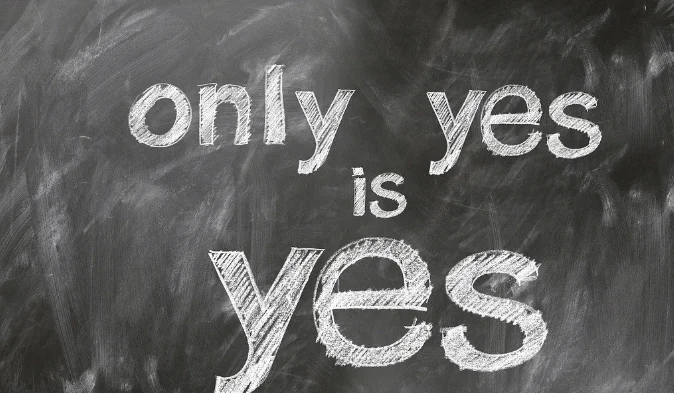
To say yes or no to sex is surprisingly another unique way of using the blockchain. In January 2018, the Amsterdam-based startup LegalThings, which specializes in digital contracts, released a beta version of LegalFling, a sexual consent verification app that employs blockchain technology. The #MeToo movement, which has brought to light numerous cases of sexual assault, inspired its designers.
The app goes beyond simply logging whether or not a user has agreed to have sex. From sharing images and videos to using a condom to being STD-free to using explicit language, a user can establish conditions and if particular activities are acceptable to them.
They then send a message request to a sexual partner, who must select whether or not to accept the rules of the interaction. After that time, the person’s acceptance is recorded on the blockchain, and neither party may tamper with it.
Some people are concerned that LegalFling won’t be able to accurately depict complicated interpersonal relationships. Someone could use the app on behalf of another person without the account holder’s knowledge, or someone could give consent at first but later change their mind, forcing them to update the app with their new decision.
According to Fortune, several legal experts have warned that in order for agreements formed through the app to stand up in court, further contractual protections would be required.
4. Keeping track of dental records

Given that blockchain is an ultra-secure record-keeping system, medical records are a logical use for the technology. This concept has been explored by a number of firms and healthcare organizations, although it can become highly narrow.
One example is Dentacoin, which is designed for dentists and dental data. It’s not only a blockchain network but also a globally universal token called ERC20 that’s designed to make information sharing in the dental business easier.
The network is designed to ensure that information is transferred only between the designated parties, whether it is between dental offices or between doctors and their patients.
It might also be used as a compliance tool, ensuring that the right dental tools and supplies are sourced and utilized on the right patients. It could allow for a more efficient interchange of tools when and where they’re needed if we think globally.
Patients could pay for dental operations with Dentacoin to ensure payment security. The exchange’s purpose, according to the Dentacoin website, is to make dental treatment more affordable. There are 325.2 billion Dentacoins in circulation as of January 22, 2018.
5. Anti-counterfeiting measures

Do you want to make sure your luxury purse or high-end sneakers are authentic? One of the uses of Chronicled’s blockchain-based technology for supply chain management is the authentication of tangible luxury items. Another is VeChain.
Imagine a registry that uses encrypted smart tags permanently installed in products to trace every item ever created in a particular product line.
It will monitor all owners of a product throughout its lifespan because it is a blockchain system, but it will do so in a way that protects the privacy of those owners and their personal information. A potential consumer could check if an item is real or phoney by scanning it with a smartphone app.
Customers who want authentic products will have peace of mind knowing that they’re making a sound purchase thanks to such technologies.
6. The Ice Tea idea

One of the most amusing aspects of blockchain… Long Blockchain is the new name of a firm that offers non-alcoholic beverages and was previously known as Long Island Ice Tea. “And then its stock price shot up 289 percent overnight.”
“They didn’t even have a use case for the technology – they just claimed they wanted to invest and play with blockchain.” However, it goes on to demonstrate the enthusiasm surrounding blockchain and cryptocurrency: “Even if ice tea is the furthest thing from the technology, simply adding “blockchain” to its name might cause its stock to jump.”
Who knows the idea might be useful to someone else.
7. Reduced Home Electricity Bills
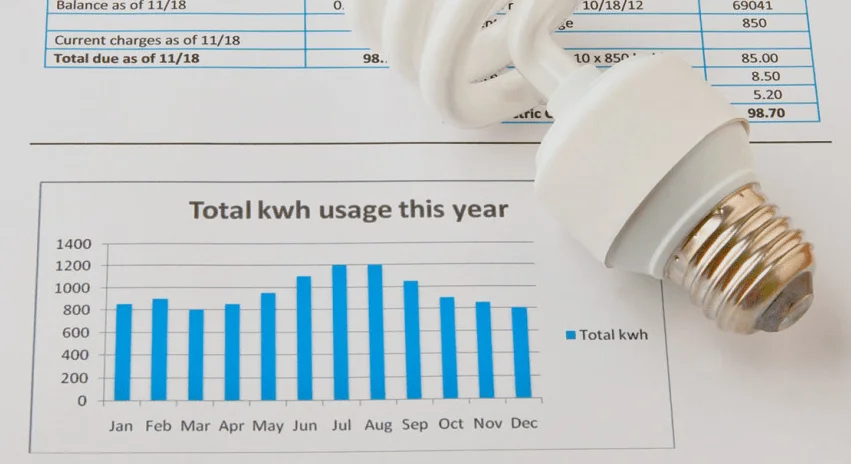
Accenture unveiled a smart plug (proof of concept) to track energy consumption and save money. To begin, the prototype integrates with other devices and tracks power consumption. It then looks for the cheapest energy tariffs. Finally, it employs blockchain technology to swiftly transfer vendors. As a result, many low-income people who pay for their electricity through a meter will benefit.
